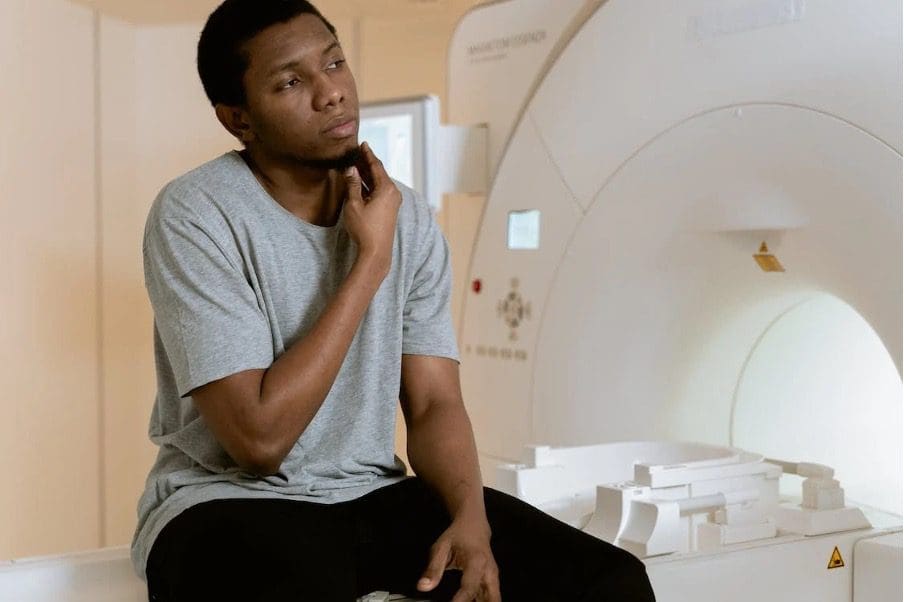All human progress and quality-of-life advancements are a result of innovations. They also question societal norms, solutions, and standards at the same time. Innovations help us treat diseases that were once incurable or better utilize limited resources, which is especially important in the healthcare industry. However, they also render outdated current medical technologies, need costly expenditures, and demand specialists to master entirely new procedures.
Medical electrodes make it possible to do non-invasive testing for a variety of musculoskeletal, neurological, ophthalmic, cardiac, and other problems that would otherwise need to be verified surgically.
Despite their small size and unassuming appearance, electrodes have extraordinary power that defies their apparent simplicity. These conductive components enable communication between biological systems and cutting-edge technology by acting as entry points into the intricate workings of the human body.
Medical Diagnostic Electrodes – EEG Monitoring
An EEG, or electroencephalogram, is a test that uses tiny, metal discs (electrodes) connected to the scalp to assess the electrical impulses in the brain. The majority of communication between brain cells occurs through electrical impulses, which are constantly active—even when you’re asleep.
One of the primary diagnostic procedures for epilepsy is an EEG. An EEG can also be used to detect other brain anomalies. When diagnosing brain diseases like seizures an EEG can identify variations in brain activity. Additionally, an EEG could be beneficial for treating or diagnosing brain cancer, and head injury-related brain damage, encephalopathy, sleep disorders, strokes, etc.
A long-term coma patient’s brain death may also be verified using an EEG. In response to the growing need for enhanced EEG monitoring, professionals at Saverite Medical have developed innovative disposable cup-style electrodes that revolutionize the field. These electrodes herald a new era of sophisticated neurodiagnostic by not only ensuring unmatched signal quality for precise and accurate EEG recordings but also encouraging simplicity and sanitation.
Heart Health – Electrocardiogram (ECG)
To look for signs of a potential heart issue, such as pain in the chest, fatigue, heart palpitation, and shortness of breath, an electrocardiogram is employed.
With its remarkable growth mostly because of the increased prevalence of cardiovascular disorders including hypertension and other diseases of the blood vessels as well as the rise in smokers, the ECG sector is predicted to dominate the market.

Electromyography (EMG) Muscle Restoration
The procedure is used to identify unusual neuromuscular functions. EMG captures the response of muscles when stimulated by nerves, revealing their electrical activity. It serves to detect irregular neuromuscular behaviors.
To conduct this procedure, slender needles, also referred to as electrodes, are gently inserted through the skin and into the muscle being examined. The recorded electrical signals detected by these electrodes are subsequently portrayed as waveforms on an oscilloscope, a visual monitor specialized in displaying electrical patterns. Amplifying the auditory aspect of this activity necessitates the use of an audio amplifier.
Electroretinogram (ERG) – Transforming Ophthalmology
The retina’s electrical reactions to light stimulation are measured by ERG. It offers priceless insights into how well-functioning certain cells in the retina, particularly photoreceptors and bipolar cells, are. Ophthalmologists can identify a variety of retinal illnesses and gauge the severity of retinal malfunction by examining these reactions.
Early detection of these disorders enables prompt management and intervention, potentially preventing or limiting vision loss.
Electrode-assisted Navigation: Improving Precision Surgery
Through the use of electrode-assisted navigation systems, electrodes are revolutionizing surgical precision. These technologies offer real-time feedback during treatments ranging from brain operations to joint replacements, assisting surgeons in achieving ideal results with increased accuracy. The standards of surgical perfection are rising thanks to the interaction between human skill and electrode-guided navigation.
In the field of neurosurgery, electrode-assisted navigation is lighting complex brain connections, giving surgeons a level of confidence never before possible while reducing the possibility of problems. Additionally, the combination of surgical competence with electrode-guided accuracy is advancing medical innovation and ushering in an age where complicated procedures are not only possible but also regularly reach higher standards of perfection.
The Pain Management Revolution
With the help of neuromodulation techniques driven by electrodes, the field of pain management has undergone seismic changes. Electrodes are used in implanted medical technology, such as spinal cord stimulators, to regulate nerve activity and treat chronic pain. Patients who struggle with chronic pain are finding new hope in this non-pharmacological approach, which also improves their quality of life and lessens their reliance on drugs.
Electrode technology breaks through conventional barriers and ushers in a new era of innovation where science and medical knowledge are harmoniously combined. These six revolutionary hospital developments highlight the transformative power of electrodes, advancing healthcare and expanding the boundaries of patient care. As we strive to explore the entire range of their potential, electrodes serve as a symbol of human inventiveness, advancing technology and medicine.

